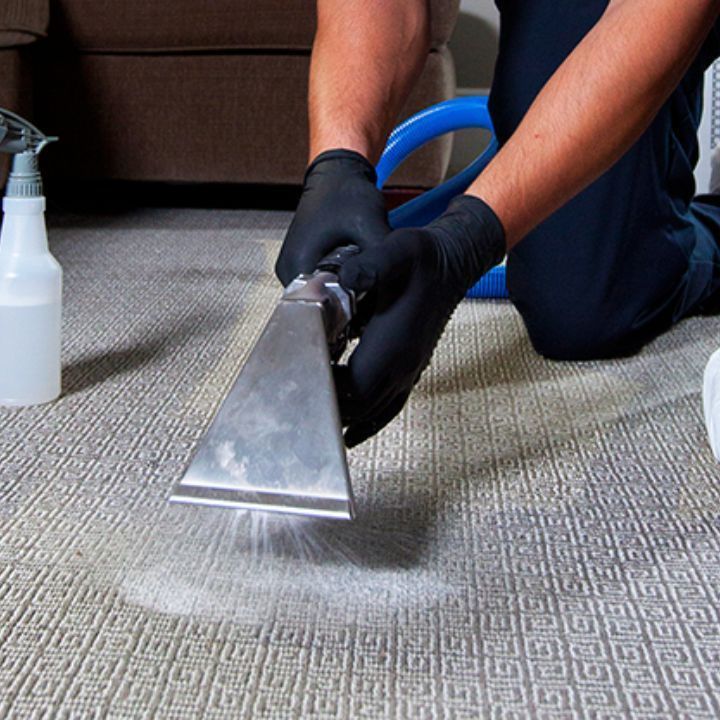Why Choose Professional Carpet Cleaning in Hemel Hempstead?
Carpets add comfort, warmth, and style to any home or business, but they also accumulate dirt, allergens, and bacteria over time. Regular cleaning is essential to maintain a healthy indoor environment and extend the lifespan of your carpets. While vacuuming helps remove surface dirt, only professional carpet cleaning in Hemel Hempstead can provide a deep and thorough clean. Here’s why choosing expert carpet cleaning services is the best decision for your home or office.
1. Deep Cleaning for a Healthier Home
Carpets trap dust, allergens, pet dander, and bacteria that can negatively impact indoor air quality. If not cleaned regularly, these pollutants can trigger allergies, asthma, and respiratory problems. Professional carpet cleaning services use advanced steam cleaning and hot water extraction methods to eliminate dirt, dust mites, and bacteria, creating a healthier living space for you and your family.
2. Extends the Life of Your Carpet
Dirt and debris can wear down carpet fibers over time, making them look old and worn. Professional cleaning removes these abrasive particles, preventing premature wear and tear. By investing in regular carpet cleaning in Hemel Hempstead, you can extend the lifespan of your carpets, saving you money in the long run.
3. Effective Stain and Odor Removal
Stubborn stains from spills, pet accidents, and everyday foot traffic can be difficult to remove with DIY cleaning methods. Professional carpet cleaners use specialized stain removal treatments that effectively lift even the toughest stains without damaging your carpet fibers. Additionally, professional cleaning eliminates deep-seated odors, leaving your carpets smelling fresh and clean.
4. Faster Drying Times with Advanced Equipment
One common issue with DIY carpet cleaning is excessive moisture, which can lead to mold and mildew growth. Professional carpet cleaners use high-powered extraction equipment that removes excess water, significantly reducing drying time. This means you can enjoy clean, dry carpets within hours instead of waiting days for them to dry.
5. Saves You Time and Effort
Carpet cleaning is a time-consuming and physically demanding task, especially if you try to do it yourself. Hiring a professional cleaning service saves you time and effort while delivering superior results. Instead of struggling with rental machines and cleaning products, let the experts handle the job efficiently.
6. Eco-Friendly and Safe Cleaning Solutions
Many professional carpet cleaning companies, including DesignCare, use eco-friendly, non-toxic cleaning solutions that are safe for children, pets, and the environment. This ensures that your carpets are deeply cleaned without exposure to harsh chemicals.
7. Ideal for Homes and Businesses
Whether you need carpet cleaning for your home, office, hotel, or retail space, professional services provide customized solutions tailored to your needs. Commercial properties with high foot traffic benefit from regular deep cleaning, maintaining a professional and hygienic environment.
Book Professional Carpet Cleaning in Hemel Hempstead
For top-quality carpet cleaning in Hemel Hempstead, trust DesignCare. Their expert team provides deep cleaning, stain removal, and fast drying times, ensuring your carpets look and feel fresh. Contact them today for a free quote and experience the benefits of professional carpet cleaning!

